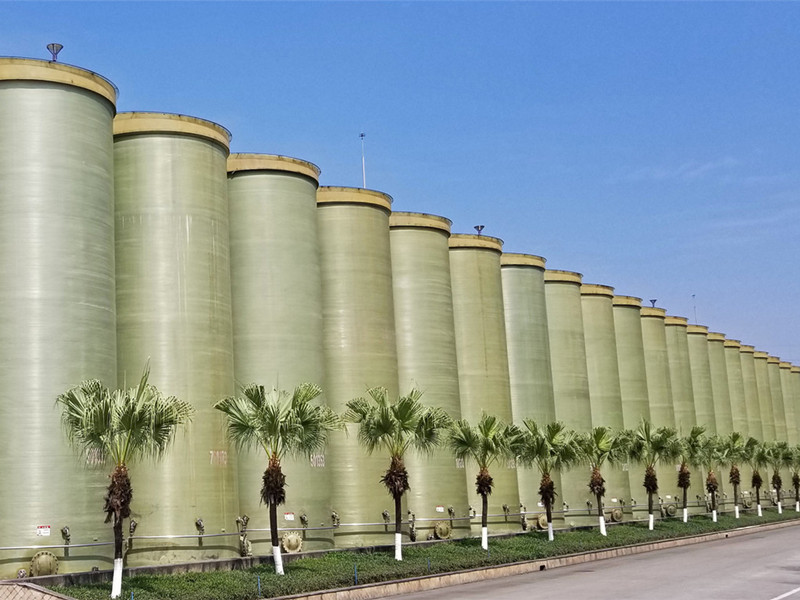
-
 Afrikaans
Afrikaans -
 Albanian
Albanian -
 Amharic
Amharic -
 Arabic
Arabic -
 Armenian
Armenian -
 Azerbaijani
Azerbaijani -
 Basque
Basque -
 Belarusian
Belarusian -
 Bengali
Bengali -
 Bosnian
Bosnian -
 Bulgarian
Bulgarian -
 Catalan
Catalan -
 Cebuano
Cebuano -
 China
China -
 China (Taiwan)
China (Taiwan) -
 Corsican
Corsican -
 Croatian
Croatian -
 Czech
Czech -
 Danish
Danish -
 Dutch
Dutch -
 English
English -
 Esperanto
Esperanto -
 Estonian
Estonian -
 Finnish
Finnish -
 French
French -
 Frisian
Frisian -
 Galician
Galician -
 Georgian
Georgian -
 German
German -
 Greek
Greek -
 Gujarati
Gujarati -
 Haitian Creole
Haitian Creole -
 hausa
hausa -
 hawaiian
hawaiian -
 Hebrew
Hebrew -
 Hindi
Hindi -
 Miao
Miao -
 Hungarian
Hungarian -
 Icelandic
Icelandic -
 igbo
igbo -
 Indonesian
Indonesian -
 irish
irish -
 Italian
Italian -
 Japanese
Japanese -
 Javanese
Javanese -
 Kannada
Kannada -
 kazakh
kazakh -
 Khmer
Khmer -
 Rwandese
Rwandese -
 Korean
Korean -
 Kurdish
Kurdish -
 Kyrgyz
Kyrgyz -
 Lao
Lao -
 Latin
Latin -
 Latvian
Latvian -
 Lithuanian
Lithuanian -
 Luxembourgish
Luxembourgish -
 Macedonian
Macedonian -
 Malgashi
Malgashi -
 Malay
Malay -
 Malayalam
Malayalam -
 Maltese
Maltese -
 Maori
Maori -
 Marathi
Marathi -
 Mongolian
Mongolian -
 Myanmar
Myanmar -
 Nepali
Nepali -
 Norwegian
Norwegian -
 Norwegian
Norwegian -
 Occitan
Occitan -
 Pashto
Pashto -
 Persian
Persian -
 Polish
Polish -
 Portuguese
Portuguese -
 Punjabi
Punjabi -
 Romanian
Romanian -
 Russian
Russian -
 Samoan
Samoan -
 Scottish Gaelic
Scottish Gaelic -
 Serbian
Serbian -
 Sesotho
Sesotho -
 Shona
Shona -
 Sindhi
Sindhi -
 Sinhala
Sinhala -
 Slovak
Slovak -
 Slovenian
Slovenian -
 Somali
Somali -
 Spanish
Spanish -
 Sundanese
Sundanese -
 Swahili
Swahili -
 Swedish
Swedish -
 Tagalog
Tagalog -
 Tajik
Tajik -
 Tamil
Tamil -
 Tatar
Tatar -
 Telugu
Telugu -
 Thai
Thai -
 Turkish
Turkish -
 Turkmen
Turkmen -
 Ukrainian
Ukrainian -
 Urdu
Urdu -
 Uighur
Uighur -
 Uzbek
Uzbek -
 Vietnamese
Vietnamese -
 Welsh
Welsh -
 Bantu
Bantu -
 Yiddish
Yiddish -
 Yoruba
Yoruba -
 Zulu
Zulu
Exploring the Benefits and Applications of FRP Flooring in Various Industries and Settings
Understanding FRP Flooring A Comprehensive Overview
Fiberglass Reinforced Polymer (FRP) flooring has emerged as a revolutionary material choice in various industries and applications. Combining the strength of fiberglass with the versatility of polymers, FRP flooring offers unique benefits that make it an attractive option for commercial and industrial environments. This article explores the features, advantages, and applications of FRP flooring, providing a comprehensive understanding of this innovative material.
What is FRP Flooring?
FRP flooring is made by combining fiberglass with a thermosetting polymer, typically a resin such as vinyl ester or epoxy. The result is a lightweight, yet exceptionally strong and durable flooring solution that can withstand various environmental conditions. FRP panels are often manufactured in modular sections that can be quickly installed, making them ideal for both new constructions and renovations.
Key Features of FRP Flooring
1. Durability One of the most significant advantages of FRP flooring is its durability. It is resistant to corrosion, moisture, and chemicals, making it suitable for industries like food processing, pharmaceuticals, and chemical handling.
2. Lightweight Compared to traditional materials like concrete or steel, FRP flooring is considerably lighter. This feature not only makes installation easier but also reduces the overall load on structures, which can be a critical factor in certain applications.
3. Non-Slip Surface Safety is paramount in many work environments. FRP flooring can be designed with a textured surface to provide excellent traction, reducing the risk of slips and falls, even in wet or oily conditions.
4. Low Maintenance FRP flooring is easy to clean and maintain. Its non-porous surface prevents the absorption of spills and contaminants, which helps in maintaining hygiene and extending the life of the flooring.
5. Aesthetics Available in a variety of colors and finishes, FRP flooring can complement the design of any space. This versatility allows for aesthetic customization without compromising durability.
frp flooring

Advantages of FRP Flooring
- Cost-Effective While the initial investment in FRP flooring might be higher compared to traditional materials, its longevity and low maintenance requirements can lead to significant cost savings over time.
- Eco-Friendly Many FRP products are manufactured using sustainable materials and processes. Moreover, their longevity reduces the need for frequent replacements, contributing to lower waste generation.
- Versatility FRP flooring can be used in a wide range of settings, from manufacturing plants and warehouses to laboratories and cleanrooms. Its ability to perform in diverse environments and conditions is one of its most appealing attributes.
Applications of FRP Flooring
FRP flooring is widely used across multiple sectors. In the industrial domain, it is particularly favored in chemical plants, water treatment facilities, and food and beverage manufacturing, where exposure to harsh chemicals and high humidity is common. In commercial applications, it finds its place in airports, shopping malls, and hospitals, offering both safety and aesthetic appeal.
Moreover, FRP systems are increasingly being adopted in environmental applications, such as bridges and boardwalks, where their resistance to corrosion and moisture plays a significant role in structural integrity and longevity.
Conclusion
FRP flooring is more than just a flooring solution; it represents a significant advancement in material engineering, offering numerous benefits across various industries. Its durability, safety, and low maintenance make it an ideal choice for demanding environments. As industries continue to seek innovative solutions that balance performance with sustainability, FRP flooring will undoubtedly remain at the forefront of flooring technology, paving the way for a safer and more efficient future.
Latest news
-
High-Quality Fiberglass Hood & FRP Hood Manufacturer Custom Fiberglass Tanks AvailableNewsJul.05,2025
-
High-Strength Molded Fiberglass Grating Durable Molded Grating SolutionsNewsJul.05,2025
-
High-Quality FRP Tee Manufacturer Durable FRP Drum & Panel SolutionsNewsJul.05,2025
-
High-Performance FRP Scrubber – Advanced Fiberglass Scrubber for Effective Cleaning & Stain RemovalNewsJul.04,2025
-
Fiberglass 90 Degree Elbow for Custom Tanks & High Pressure Pipes Durable and Corrosion ResistantNewsJun.24,2025
-
Exploring the Benefits of Top Hammer Drifter Rods for Enhanced Drilling PerformanceNewsJun.10,2025









